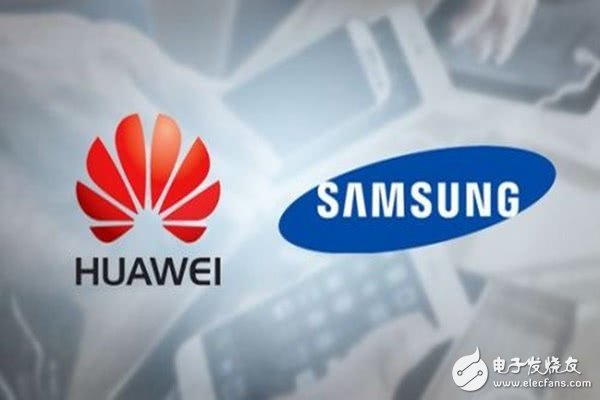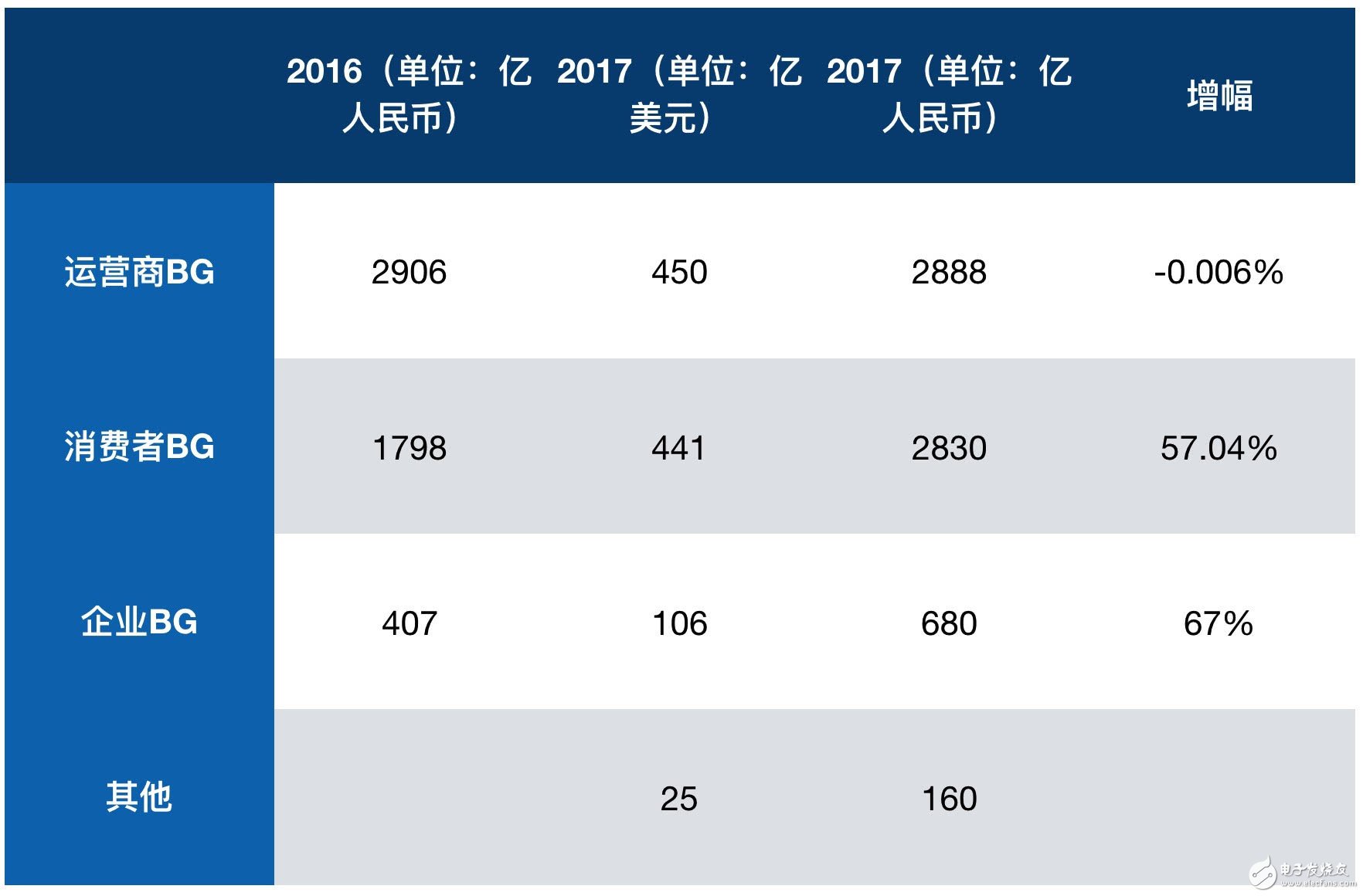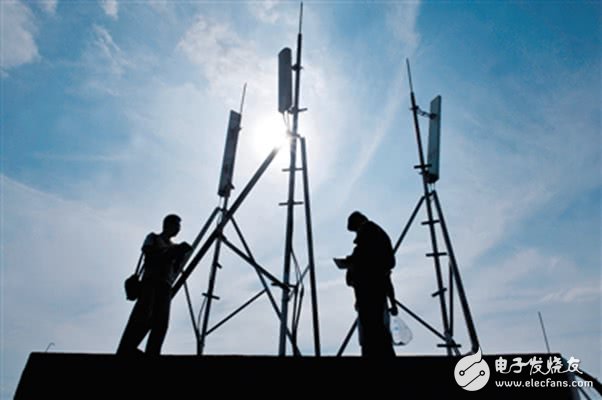The head of telecommunications equipment at Samsung Electronics recently expressed the company's ambition to become a leading supplier in the 5G market. Naturally, its primary competitor is Huawei, which has long signaled its intention to challenge Samsung in the smartphone sector. As both companies push forward, they are beginning to clash more directly. Let’s take a closer look at what’s happening in this evolving landscape, as reported by our network communication editor.

How Huawei Leverages Its Equipment Business to Grow Its Smartphone Division
Huawei has been active in the telecom equipment space for nearly three decades, and through consistent effort, it has grown to become the world’s largest provider of such equipment. It has surpassed Ericsson, the former industry leader, in both revenue and profitability. However, as the telecom equipment market began to mature, Huawei sought new growth opportunities. This led to its expansion into the smartphone business, aiming to use mobile phones as a new revenue driver.
In recent years, Huawei’s smartphone division has emerged as one of its most successful ventures. In 2017, the consumer business generated 283 billion yuan in revenue, marking a 57% year-on-year increase. Meanwhile, the operator business saw a slight decline, with revenue reaching 288.8 billion yuan. This shows that the smartphone segment is now on par with, and possibly even surpassing, the telecom equipment division in terms of financial contribution.

The success of Huawei’s smartphone business has been closely tied to its telecom equipment operations. Early on, Huawei leveraged its long-standing relationships with operators to help launch its mobile phone brand quickly. During price wars, the support from its telecom business gave it the confidence to compete aggressively. When OPPO and vivo gained ground, Huawei used its strong overall revenue to implement the Qianxian Plan, expanding its offline distribution network rapidly.
How Samsung Uses Diverse Businesses to Support Its Telecommunications Expansion
Samsung is best known for its dominance in the smartphone market, but it also leads in TVs, memory chips, OLED displays, and chip manufacturing and design. These industries work together to form a massive ecosystem under the Samsung umbrella.
Samsung has long shown interest in the telecom equipment sector. Although it struggled to make a breakthrough during the 4G era, the arrival of 5G has given it a fresh opportunity. Samsung has been actively engaging with global operators, testing its 5G solutions and aiming to establish itself in the market.
One key reason behind Samsung’s push into telecom equipment is the growing threat from Huawei. With strong backing from its telecom infrastructure, Huawei has risen to become the third-largest smartphone brand globally. In 2017, its shipments were nearly half of Samsung’s, a significant shift from 2012 when Huawei’s sales were less than 10% of Samsung’s. By entering the telecom equipment space, Samsung aims to counter Huawei’s expansion and maintain its competitive edge.
Samsung Challenges Huawei in the Telecommunications Equipment Sector
Samsung has a history of successfully entering new markets by leveraging its group’s strengths. Its entry into the telecom equipment field is expected to put considerable pressure on Huawei. In terms of patents, Samsung and Qualcomm have long held strong positions in 4G, while Huawei is now rising fast. In 5G, the patent landscape is more fragmented, and Samsung is likely to be among the top contenders alongside Huawei and Qualcomm.

In terms of market access, Huawei faces challenges in the U.S. due to regulatory and political factors, while Samsung has already tested its 5G equipment with several U.S. carriers. In Europe, it’s providing 5G solutions to UK operators, and it’s planning to partner with South Korean carriers as well. This suggests that Samsung is making progress in the 5G equipment market. It may soon enter the Indian market, where competition is fierce, and pricing plays a major role. Samsung’s move into telecom equipment signals its intent to challenge Huawei on multiple fronts.
However, entering the telecom equipment market is no easy task. It requires a large team of skilled engineers and high-quality customer service. While Huawei is aggressive in pricing, it also offers tailored services to operators—something Samsung, as a newcomer, must address to gain a foothold.
For Huawei, Samsung’s entry into the telecom equipment space could change the dynamics of the industry. Currently, there are only four major players: Huawei, Ericsson, Nokia, and ZTE. For years, Huawei has dominated the market, enjoying high profits due to limited competition. Now, with Samsung stepping in, the industry may become more competitive, potentially reducing profit margins for all players involved.
China Mini Inverter,Mini Inverter 200W,Mini Car Power Inverter
GuangZhou HanFong New Energy Technology Co. , Ltd. , https://www.gzinverter.com
